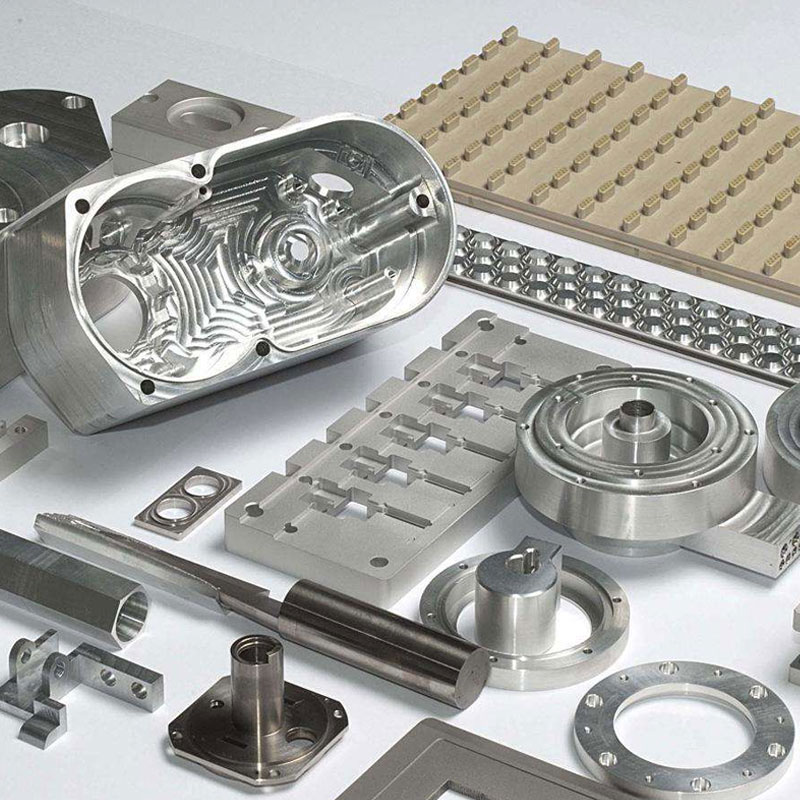The functional structural design of aluminum castings is the core of the structural design of aluminum castings. It determines the scale, wall thickness and shape required to realize the function of aluminum castings, and verifies the use of aluminum castings under static or dynamic loads. The deformation, fatigue, wear and other changes in the process to meet the safety of its use. Designing the functional structure of aluminum castings requires not only knowledge and technical capabilities in mechanical structure design and machining, but also comprehensive basic knowledge in die-casting alloys, the principles and characteristics of die-casting technology, and die-casting mold design. So that the designed functional structure of aluminum casting china can meet the technical standards and functions and performances of aluminum castings within the service life, and it is safe, reliable and economical. Aluminum castings can be divided into two categories according to their functions: one type is aluminum castings that can withstand larger loads or have higher relative speeds. The items to be inspected include dimensional accuracy, surface requirements, chemical composition, mechanical properties, and even It is necessary to conduct destructive experiments to inspect its internal defects, etc.; the other type is usually cast aluminum, and the inspection items include dimensional accuracy, surface requirements, and chemical composition.
The overall or partial geometry and design of cast aluminum parts do not match the finished product, which is called deformation.
Operational requirements of cast aluminum parts:
1. Before starting
1) Check the safety door should be flexible, check the front and rear safety door limit switches (Gyroscope) should be normal: turn on the machine power switch, close the front and rear safety doors, observe the corresponding output signal light of the PLC in the electrical box, the light is normal, and the light is not light, stop and check The corresponding line.
2) Check the emergency stop button should be normal, check the total pressure of the hydraulic system, and the setting of various function parameters should meet the work requirements.
2. Starting
1) It is forbidden to reach into the cast aluminum mold (mold) or take materials from it with bare hands.
2) Without permission, it is forbidden to adjust the machine setting parameters arbitrarily, and should be adjusted by professionals.
3) When the machine malfunctions or the alarm signal sounds, it should stop immediately, cut off the power supply, open the protective door, and then overhaul the machine.
4) High-quality die-cast alloy ingots should be used to avoid putting alloy materials containing moisture and oil into the furnace.
5) The recycled materials of alloy ingots need to be specially treated to recognize that their chemical composition meets the requirements before they can be reused. It is not allowed to put the slag directly into the furnace.
3. Other needs
1. When the machine is repaired
1) Do not step on the sheet metal and guide rails with your feet.
2) Don’t knock all parts of the machine with tools.
3) The parts, safety doors, and safety shields removed during machine maintenance should be in their original form and put on them.
2. When repairing machines and electrical appliances
1) Turn off the power switch during maintenance.
2) When repairing and replacing hot work parts, the temperature should be lowered before proceeding.
3) The ground wire and neutral wire of electrical appliances cannot be removed.
Causes of porosity defects in aluminum casting china:
1. Refining pores caused by poor degassing quality
When the aluminum alloy solidifies, a large amount of hydrogen is precipitated in the form of bubbles in the aluminum alloy castings.
Reduce the gas content in the molten aluminum and prevent a large amount of gas from being precipitated during the solidification of the aluminum alloy to produce pores. This is the purpose of refining and degassing in the aluminum alloy smelting process. If the amount of gas is originally reduced in the molten aluminum, the amount of gas precipitated during solidification will be reduced, and the bubbles generated will also be significantly reduced.
Therefore, the refining of aluminum alloy is a very important process method. Good refining quality must have fewer pores, and poor refining quality will inevitably have more pores.
2. Pores caused by poor exhaust
In aluminum alloy die-casting, due to the poor exhaust passage of the mold and poor mold exhaust design structure, the gas in the cavity cannot be completely discharged smoothly during die-casting, resulting in pores in certain fixed parts of the product.
3. Improper die casting parameters
Improper selection of die-casting parameters in die-casting production, and too fast aluminum hydraulic casting filling speed makes the gas in the cavity unable to completely and smoothly extrude the cavity in time, and the flow of aluminum liquid is involved in the aluminum liquid because of the aluminum alloy surface It cools quickly and is encased in a solidified aluminum alloy shell and cannot be discharged, forming large pores.
4. Shrink holes
Aluminum alloy, like other materials, shrinks during solidification. The higher the casting temperature of aluminum alloy, the greater the shrinkage. A single pore caused by volume shrinkage exists in the final solidified part of the alloy, which is irregular in shape. When it is meshed. Often in the product, it exists at the same time as the pores due to hydrogen evolution during solidification. There are shrinkage pores around the hydrogen evolution pores or entrapment pores, and there are filament or mesh pores extending to the outside around the bubbles.
5. The wall thickness difference is too large
The center of the wall thickness is the place where the molten aluminum finally solidifies, and it is also the place where pores are most likely to occur. The pores at this wall thickness are a mixture of precipitated pores and shrinkage pores, which cannot be prevented by general measures.






